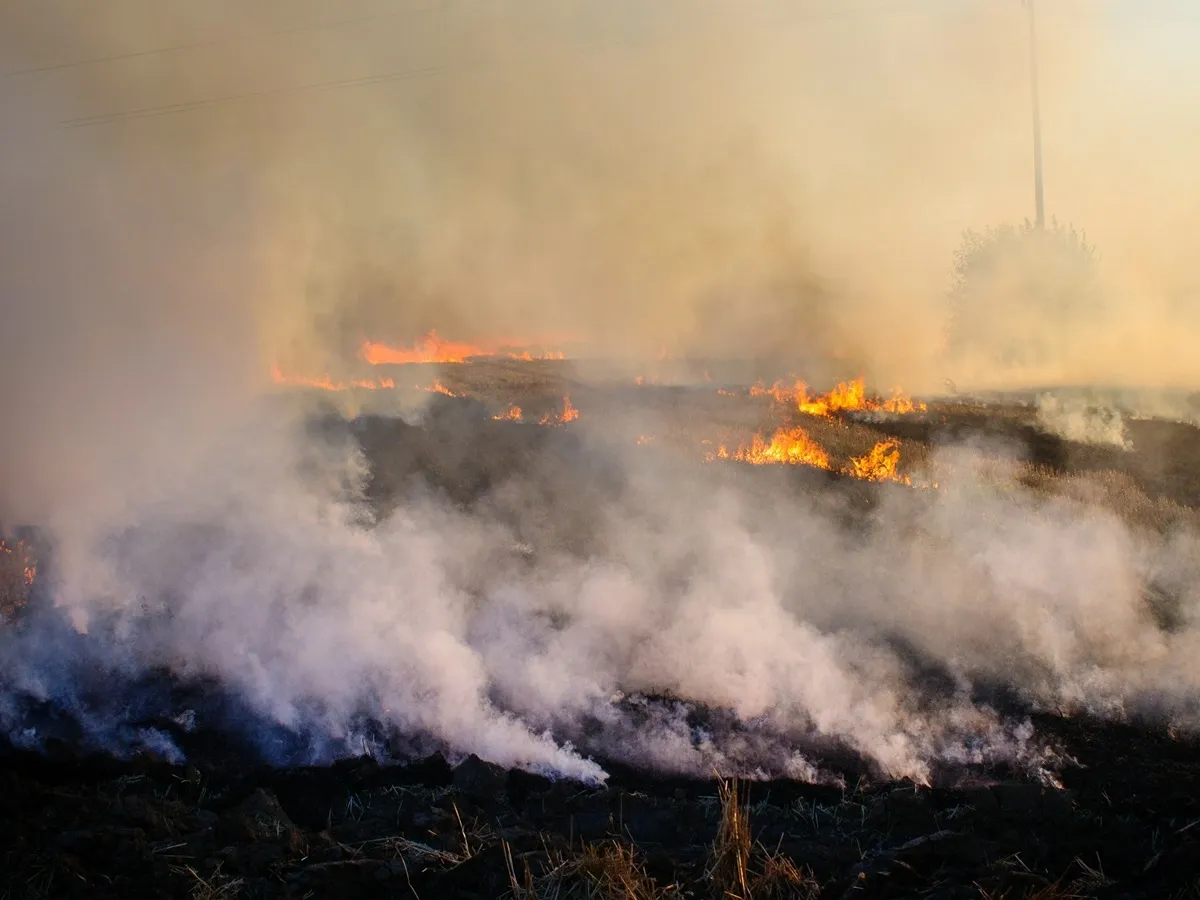Business News
Is farm stubble actually a ₹1,600 crore import-substitution opportunity? Here's what IBA said
.png)
3 min read | Updated on November 24, 2025, 12:48 IST
SUMMARY
The Indian Biogas Association (IBA) says that redirecting the 7.3 million tonnes of paddy straw currently burnt by farmers into biogas plants could generate Compressed Bio-Gas (CBG) worth around ₹270 crore annually.

IBA estimates that the combined value of CBG, bioethanol and lignin-based by-products could create an import-substitution opportunity of nearly ₹1,600 crore. Photo: Shutterstock
Channelling the 7.3 million tonnes of paddy straw currently burnt by farmers into biogas plants can produce renewable gas worth about ₹270 crore annually and help cut imports of natural gas, according tothe Indian Biogas Association (IBA).
The association said the latest anaerobic digestion technologies can efficiently convert paddy straw into Compressed Bio-Gas (CBG), which can directly replace imported LNG.
Paddy straw, with its 40% cellulose content, also offers strong potential for bioethanol production, it said.
According to IBA, the combined value of CBG, bioethanol and high-value by-products from the remaining lignin fraction could create an import-substitution opportunity of nearly ₹1,600 crore.
“This policy is likely to attract investments of Rs 37,500 crore and facilitate the setting up of 750 CBG projects in the country by 2028-29. More significantly, this represents an import-substituting move toward LNG, ensuring savings in precious foreign exchange by building energy security from domestic resources,” IBA Chairman Gaurav Kedia said.
“Parallel goals of Sustainable Aviation Fuel include 1% blending for international flights by 2027, further expanding the bioeconomy landscape,” he added.
Stubble burning is seen as one of the major factors in the high levels of air pollution in Delhi-NCR.
According to the Central Pollution Control Board (CPCB) data, 19 monitoring stations in Delhi reported 'severe' air quality and the remaining 19 stations recorded 'very poor' air quality on Sunday with readings above 300.
Delhi's air quality is likely to be in the 'very poor' category from Monday to Wednesday, according to the Air Quality Early Warning System.
An AQI between 0 and 50 is considered 'good', 51 to 100 'satisfactory', 101 to 200 'moderate', 201 to 300 'poor', 301 to 400 'very poor', and 401 to 500 'severe', according to the CPCB.
The association said the conventional perception of paddy straw as waste and its continued stubble burning reflects a “failure of imagination”.
IBA pointed out that each tonne of straw burnt emits about 1,460 kg of carbon dioxide, 60 kg of carbon monoxide and 3 kg of particulate matter.
Instead of allowing this blasting in the atmosphere, India can leverage innovative technologies to convert straw into valuable resources, it added.
IBA said nature-based solutions can complement biofuel efforts. Strategic plantation drives along highways and in urban clusters, especially across North India, can act as a green shield against pollution volatility.
Mature urban trees have been found capable of absorbing as much as 22 kg of CO2 annually while filtering out dangerous particulate matter.
Delhi planted more than 2.5 million saplings in 2023, demonstrating what coordinated urban afforestation efforts can achieve, it said.
Combining Miyawaki forests, highway green corridors and community-led “Adopt a Tree” programmes can create a strong natural defence system against pollution, IBA added.
By signing up you agree to Upstox’s Terms & Conditions
About The Author
Next Story

